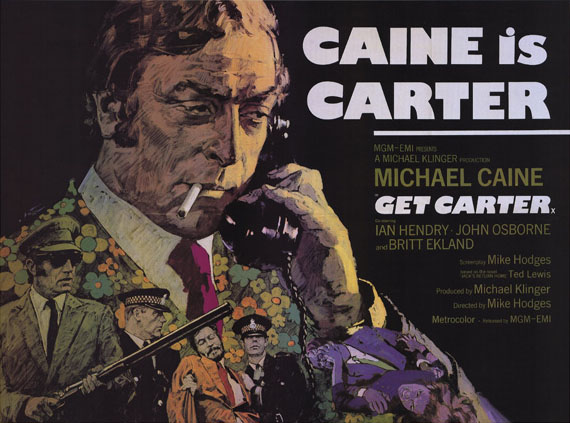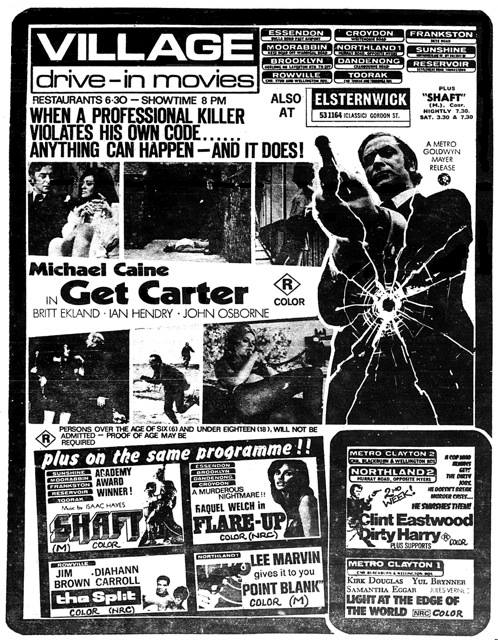 The death of US writer Robert Stone on the weekend has drawn me out of the break I planned on posting on this site over January.
The death of US writer Robert Stone on the weekend has drawn me out of the break I planned on posting on this site over January.
Stone was the author of two tremendous works of neo-noir fiction, both of which I read when I was first getting into the genre.
The first, Stone’s debut novel, A Hall of Mirrors, was published in 1967 and partly set in New Orleans, where Stone lived briefly. It dealt with a dissolute, opportunistic right wing radio broadcaster and the desperate, doomed characters he associates with. It was turned into an excellent film called WUSA by Stuart Rosenberg in 1970 and starring Paul Newman, then in the throws of his battling his own alcoholism (I reviewed it on this site a couple of years ago here.
The second, the better known and probably more influential of Stone’s books, Dog Soldiers, was published in 1974. The 1978 film adaption, Who’ll Stop The Rain (reviewed on this site here), is also very good.
Dog Soldiers concerns a liberal war correspondent in Vietnam, Converse, who disillusioned with what he has seen, decides to traffic heroin back to the US. He enlists Hicks, his friend in the merchant marines, to take the drugs back to Converse’s wife, Marge, in Los Angeles.… Read more



























